Yellow-billed Blue Magpie
Urocissa flavirostris
Singalila National Park, Tumling, West Bengal
I return again to the Singalila Ridge, in the Darjeeling district of West Bengal, at an altitude of more than 7000 feet above mean sea level, in search of a colourful long-tailed corvid - the Yellow-billed Blue Magpie. The Singalila area in Darjeeling was purchased by the British Government from Sikkim Durbar in 1882, and notified a Reserve Forest under the Indian Forest Act 1878. It was notified as a National Park in 1992 and was also officially opened up for tourism. The region has long been used as the trekking route from Manebhanjang to Sandakphu - the highest peak of West Bengal, and Phalut - the second highest peak, where the indigenous tribes called Falutians live, surrounding the mountain peak. The Falutians have a 300-year history of worshipping the mountain peak, and believe that Phalut is an omniscient god. They refer to the mountain as "Omna Re Ay". These jungles in the east are treasure houses to the most precious and strange flora and fauna and is one of the few places on earth where you will come across the Endangered Red Panda.
Located on the Singalila Ridge is the Singalila National Park at an elevation of more than 2300 metres above sea level. The park has no significant history of human settlement however, small settlements have grown up along the trekking route to Sandakphu & Phalut. There is a reasonably large village at Kala Pokhri, around the lake of the same name. The Singalila Ridge was used as an approach route by the first documented mountaineering team which unsuccessfully attempted to climb Kanchenjunga in 1905. The team was led by Jules Jacot-Guillarmod and the famous occultist Aleister Crowley. Incandescent views of the Kanchenjunga Massif adorn the clear blue skies above the park and each turn unfurls a pleasant surprise of wilderness and scenic beauty & mesmerising virgin views of the mountains spanning from Nepal to Bhutan. It is a haven for wildlife photographers, nature lovers and adventure enthusiasts.
I have already written about some wildlife from this spectacular National Park - the Endangered Red Panda, Blue-fronted Redstart & the White-browed Fulvetta to name a few. Today is another addition to the list with the Yellow-billed Blue Magpie.
Singalila National Park
The jungles to the north and east of India are treasure houses to some of the most precious and strange flora and fauna. One such treasure in the east is Singalila National Park in West Bengal. Established in 1986, the park is among the few remaining habitats of the endangered and elusive Red Panda. Located on the Singalila Ridge at an altitude of more than 7000 feet above sea level, in the Darjeeling district of West Bengal, it is a well known trekking route to Sandakphu - the 3636 m; 11,930 ft mountain peak on the border between India and Nepal. It is the highest point of the Singalila Ridge and the state of West Bengal, India. Four of the five highest peaks in the world, Everest, Kangchenjunga, Lhotse and Makalu can be seen from its summit. View them in my photo gallery - Wildscapes. River Rammam and River Sirikhola flow through the park.
The park has no significant history of human settlement. However, small settlements have grown up along the trekking route to Sandakphu and Phalut - the 3,600 metres (11,800 ft) second highest peak of West Bengal. There is a reasonably large village at Kala Pokhri, around the lake of the same name. The Singalila Ridge was used as an approach route by the first documented mountaineering team, led by Jules Jacot-Guillarmod and the famous occultist Aleister Crowley, which unsuccessfully attempted to climb Kanchenjunga in 1905.
The Singalila National Park shrouded in fog
This entire trip would not have been possible without the monumental help and support of my good friend and reputed snow leopard photographer - Ismail Shariff - and the team at Firefox Expeditions India led by Sourav Mondal and Amardeep Thami.
The approach, expertise and heartwarming attitude of the talented and multi-faceted team of trackers at Firefox Expeditions India was an experience in it self. Led by Sourav and Amardeep, they are well versed with the nuances of the Singalila National Park and intimately aware of the wildlife abounding in these jungles and also the risks and dangers they face - especially the Red Panda. It is evident that they care deeply for these forests take all measures necessary to keep it safe and clean. For them the wildlife takes precedence! The whole team have been doing this for a number of years now and the fruits of their labours are evident as you breathlessly trek up and down the rather steep mountains with them.
Now on to this beautiful corvid. As was our norm we had arrived at the ridge to wait for word on the Red Pandas and had just finished breakfast. Just off the road is a small open area where these magpies came out to forage. I positioned myself with both my 600mm and 100-400mm and waited for the bird to give me the photos. I was facing the valley with the sun just peeking over the top of the ridge and in the shade of some ancient rhododendrons. There was some beautiful golden light filtering through the tree line and there was also some fog rolling in over the ridge from the Nepal side. It made for some beautiful photos.
‡‡‡‡‡
Yellow-billed Blue Magpie
The yellow-billed blue magpie or gold-billed magpie (Urocissa flavirostris) is a passerine bird in the crow and jay family, Corvidae. It forms a superspecies with the Taiwan blue magpie and the red-billed blue magpie. The species ranges across the northern parts of the Indian Subcontinent including the lower Himalayas, with a disjunct population in Vietnam. It is 66 cm long including tail which itself is about 46 cm. Both sexes are alike, with the head, neck and breast black with a white patch on the nape. The remainder of the lower plumage is white, faintly tinged with lilac. The whole upper plumage is a purplish-blue, brighter on the wings and tail and the flight-feathers are tipped with white including the outermost edges. The tail is long and graduated with blue feathers, broadly tipped with white, all except the very long central pair having a band of black in front of the white.
The yellow-billed blue magpie is found throughout the Himalayas from Hazara to the Brahmaputra. It is divided into two races. Of these, U. f. cucullata is the better known and is found from the Western boundary of the range to Western Nepal, being a common species about most of the hill stations of the Western Himalayas, breeding in a zone from 4,900 to 9,800 ft. The typical form is found from Eastern Nepal eastwards and differs in that the under parts have a darker lilac tinge; its zone is slightly higher than that of the Western form, as it seldom occurs as low as 6,000 ft. A resident species, but during the winter months it usually deserts the higher parts of its summer zone. From Simla eastwards, the closely allied red-billed blue magpie (Urocissa erythroryncha) is often found in the same areas as the yellow-billed species; it is particularly common around Mussoorie, Tehri-Garhwal, -Kumaon, and in Nepal, and may be easily distinguished by its red beak and the greater extent of the white nape-patch. This bird is also mainly found in the upper parts of Kashmir in the summer season.
Yellow-billed Blue Magpie - Range & Distribution
The blue magpies are, as may be judged from their handsome tails, essentially arboreal birds; though, while usually found in heavy jungle areas, they also venture out into the trees amongst cultivation, and at times on to bare mountain sides at high elevations. They frequently feed on the ground and then adopt a curious hopping gait, with the tail held high to prevent it coming into contact with the ground. They live in parties of seven or eight birds and are very partial to particular localities, so that once a party has taken up its abode in any particular nullah or patch of forest it will generally be found there. They are very active, flying incessantly from bough to bough and not hesitating to launch high into the air when flying from ridge to ridge; a party of these bird crossing a nullah above one's head is a curious sight, with their long tails waving in the air and the light shining through the feathers. The flight is rather slow, laboured, and undulating once the bird comes into the open. The food consists of small mammals, the eggs and young of other birds, insects, and wild fruits and berries of various kinds. This bird is very noisy; the ordinary call is harsh and grating, but it has a wide variety of notes, some of which are melodious enough.
This bird was photographed in the area near and behind Habre’s Nest as it is abundant here and very easy to observe and photograph but they are wary. A few twigs and branches have been laid out for them to perch for photographers like us. This is a good location to observe the bird and there are numerous other species as well. Some of the other birds I have observed I have linked above and you can read about my experience with the beautiful Red Pandas here.
‡‡‡‡‡
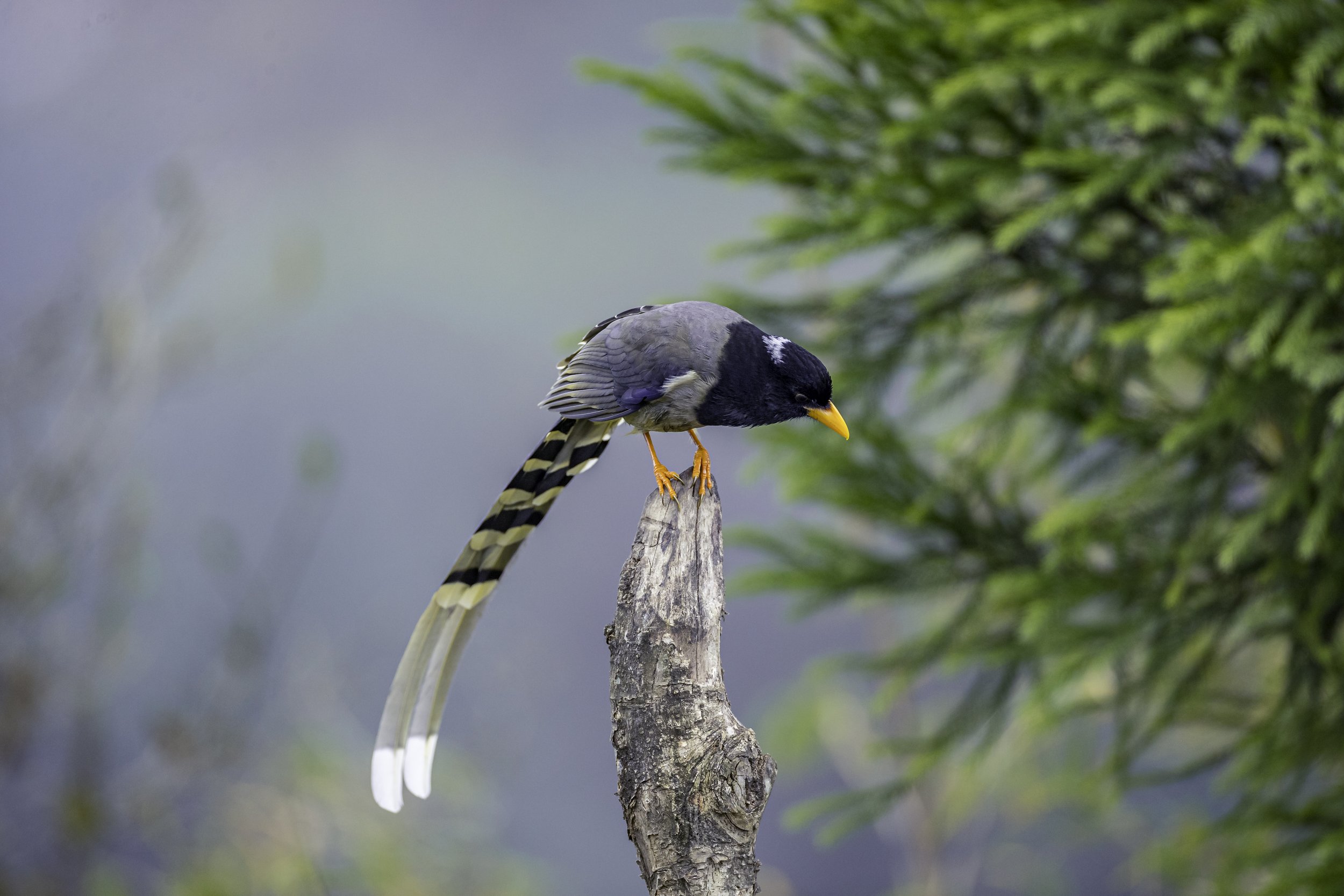

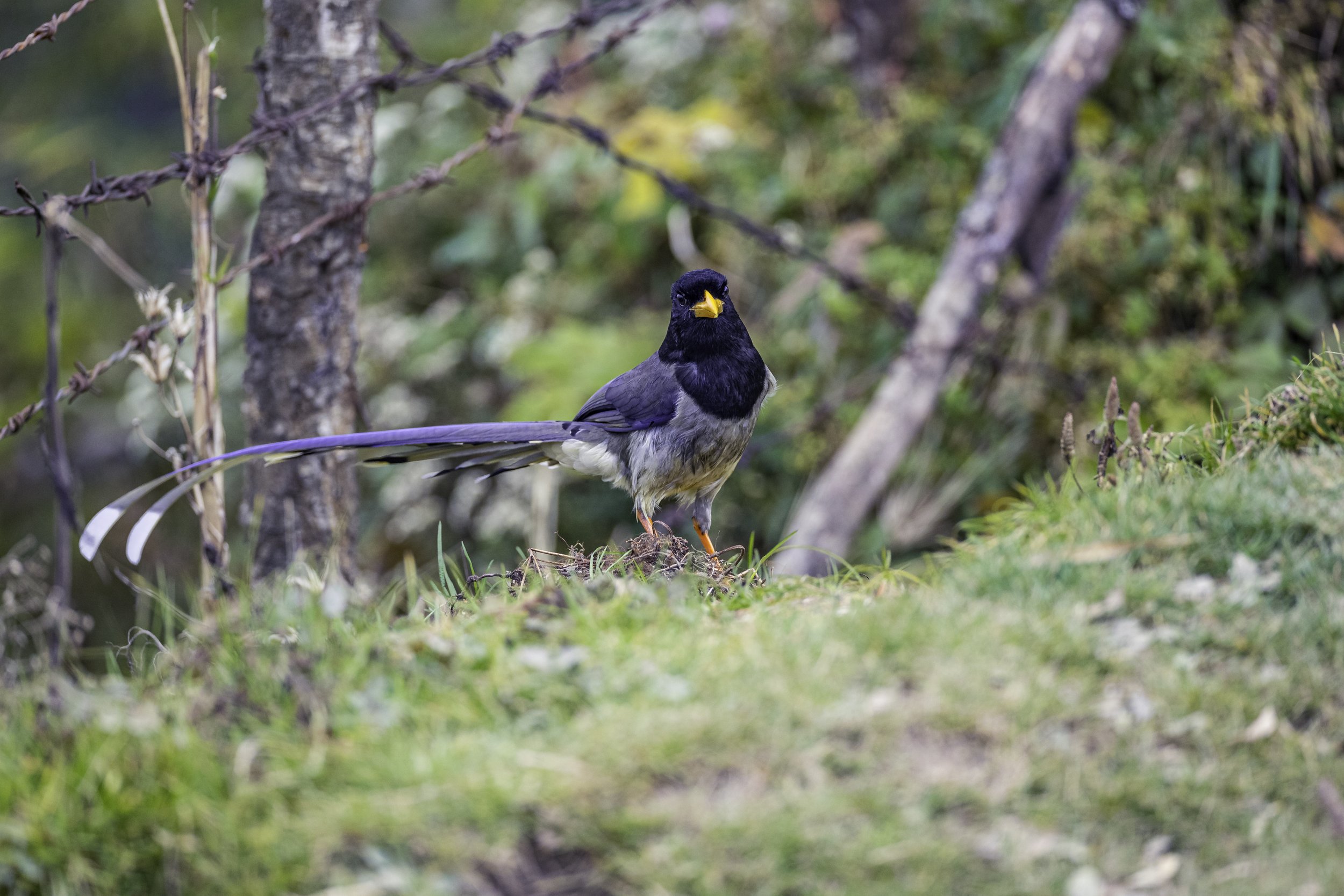

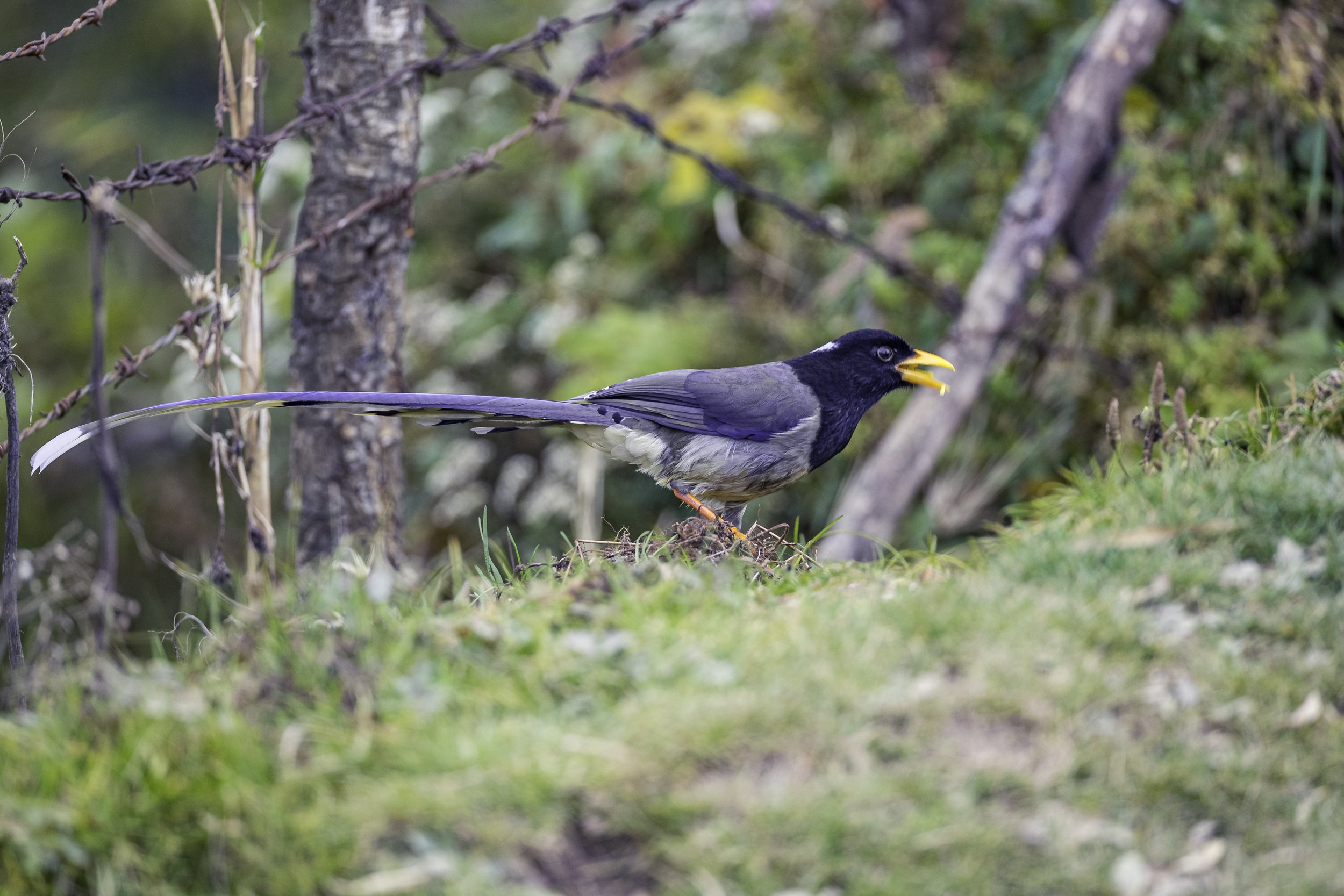
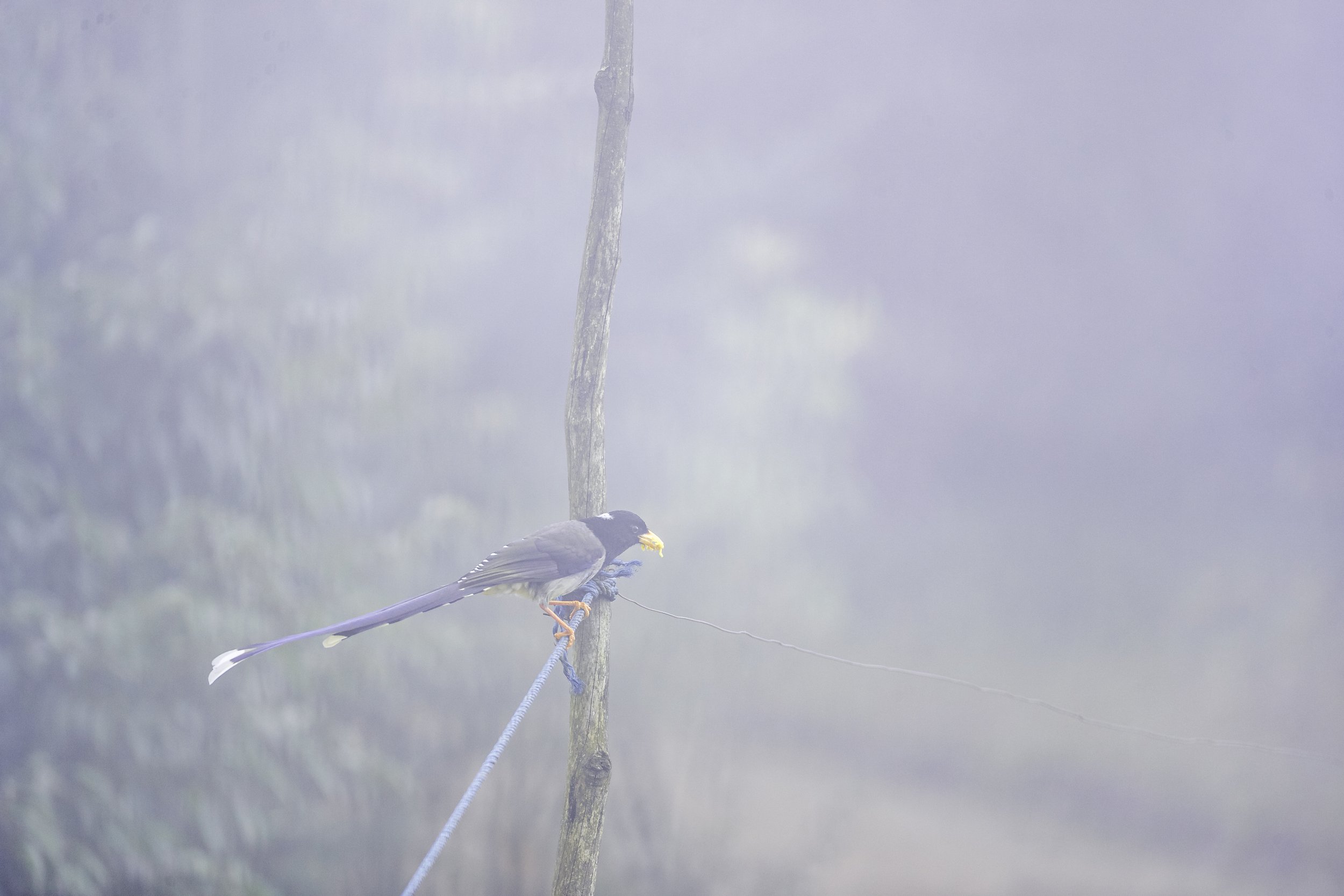



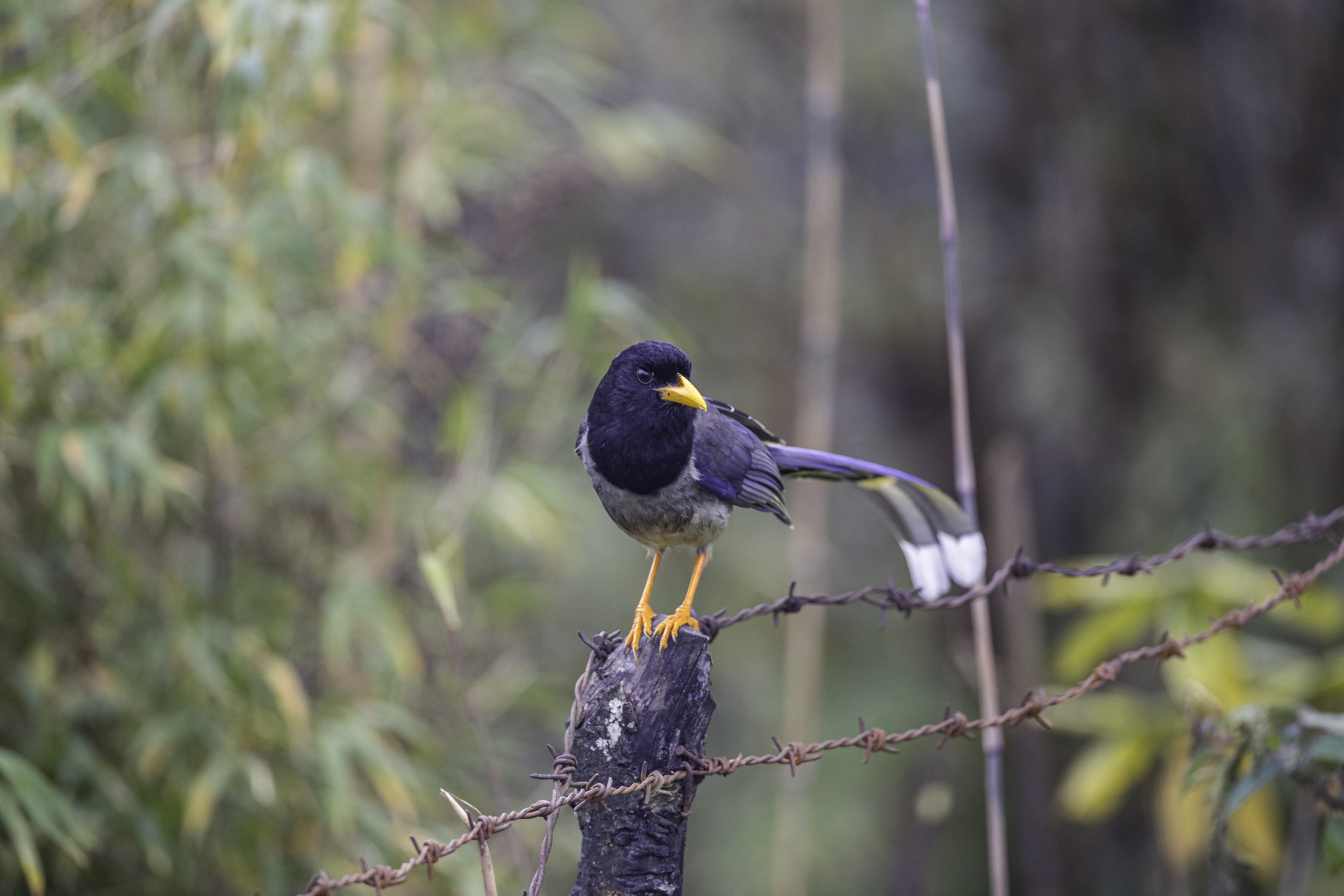
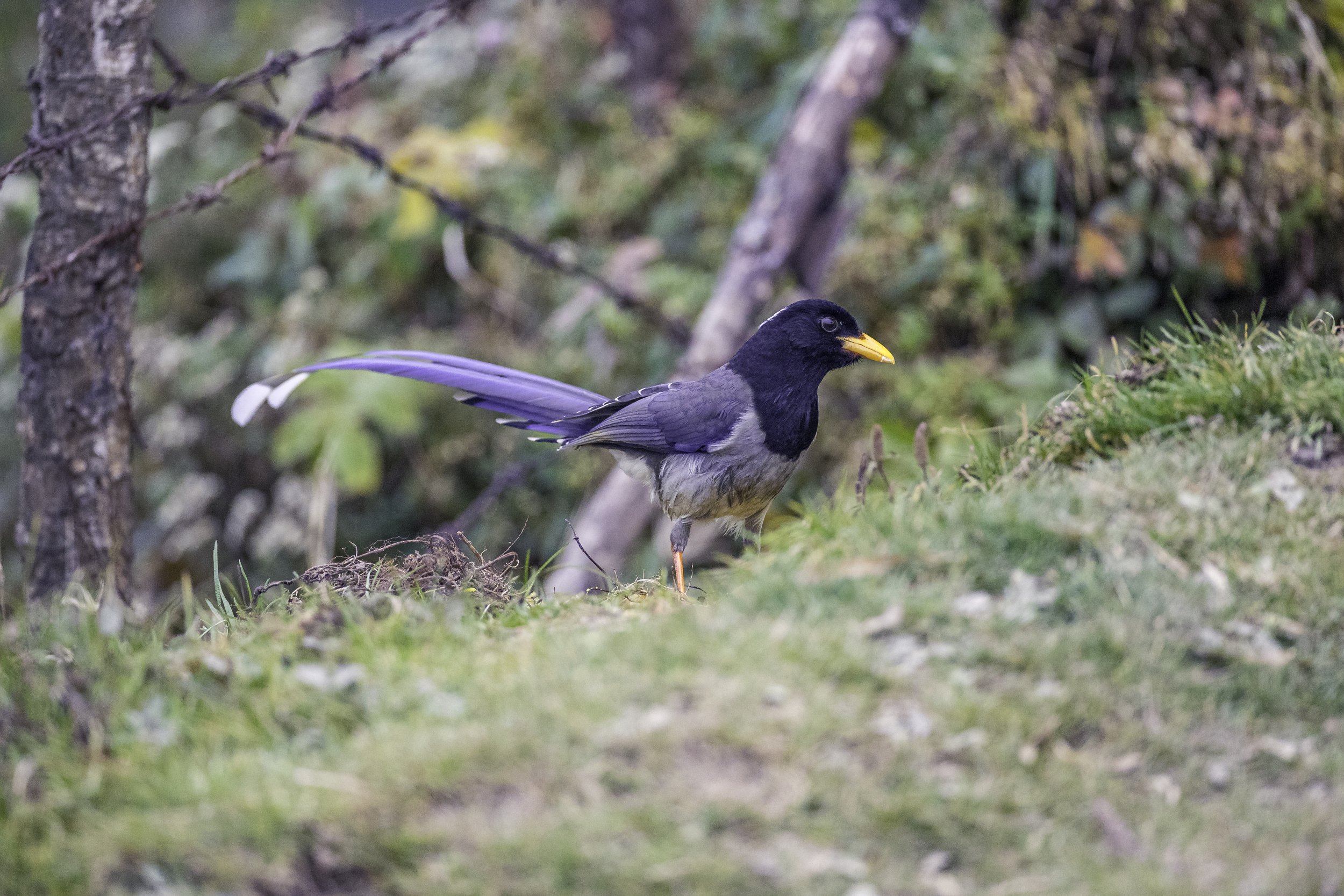
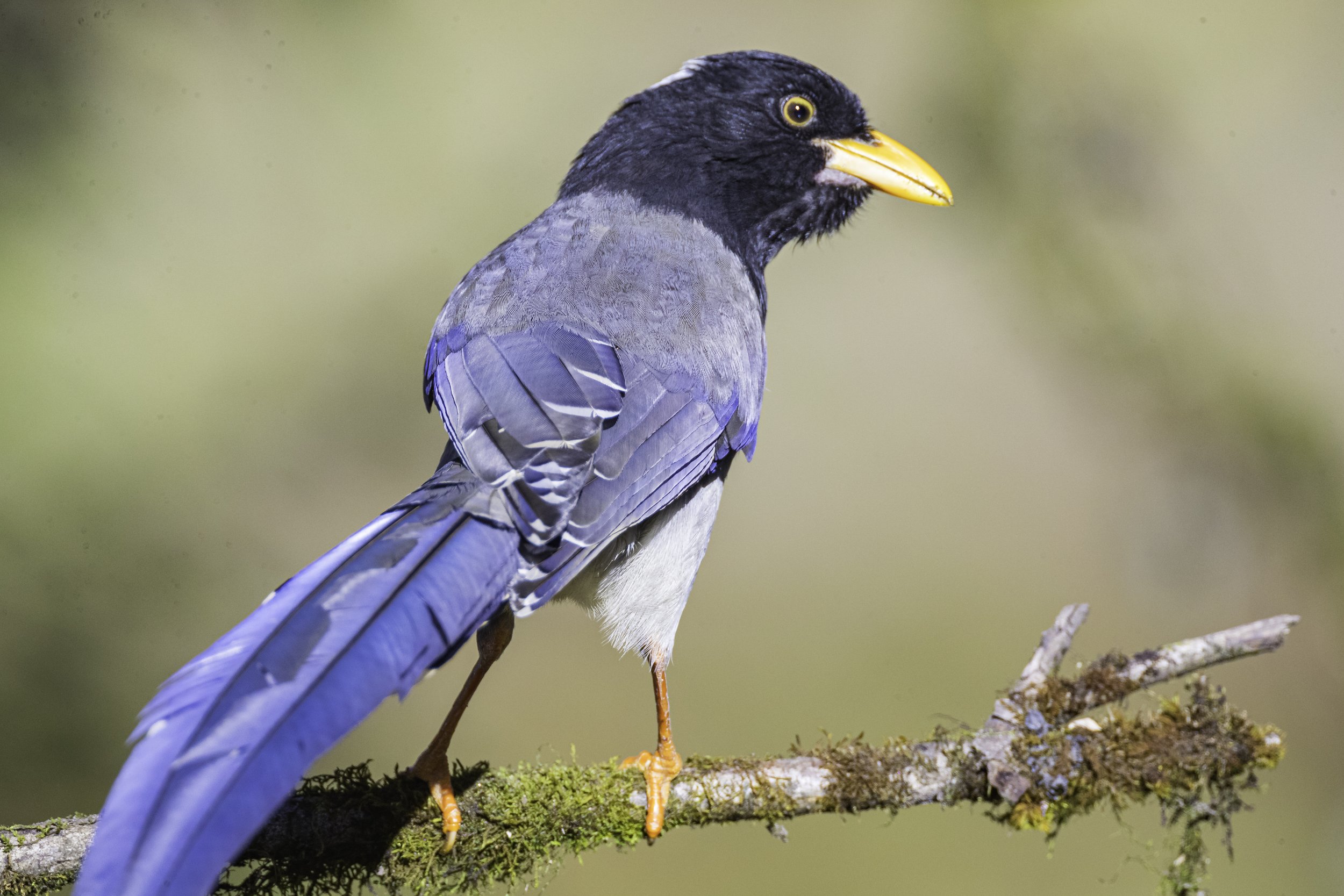
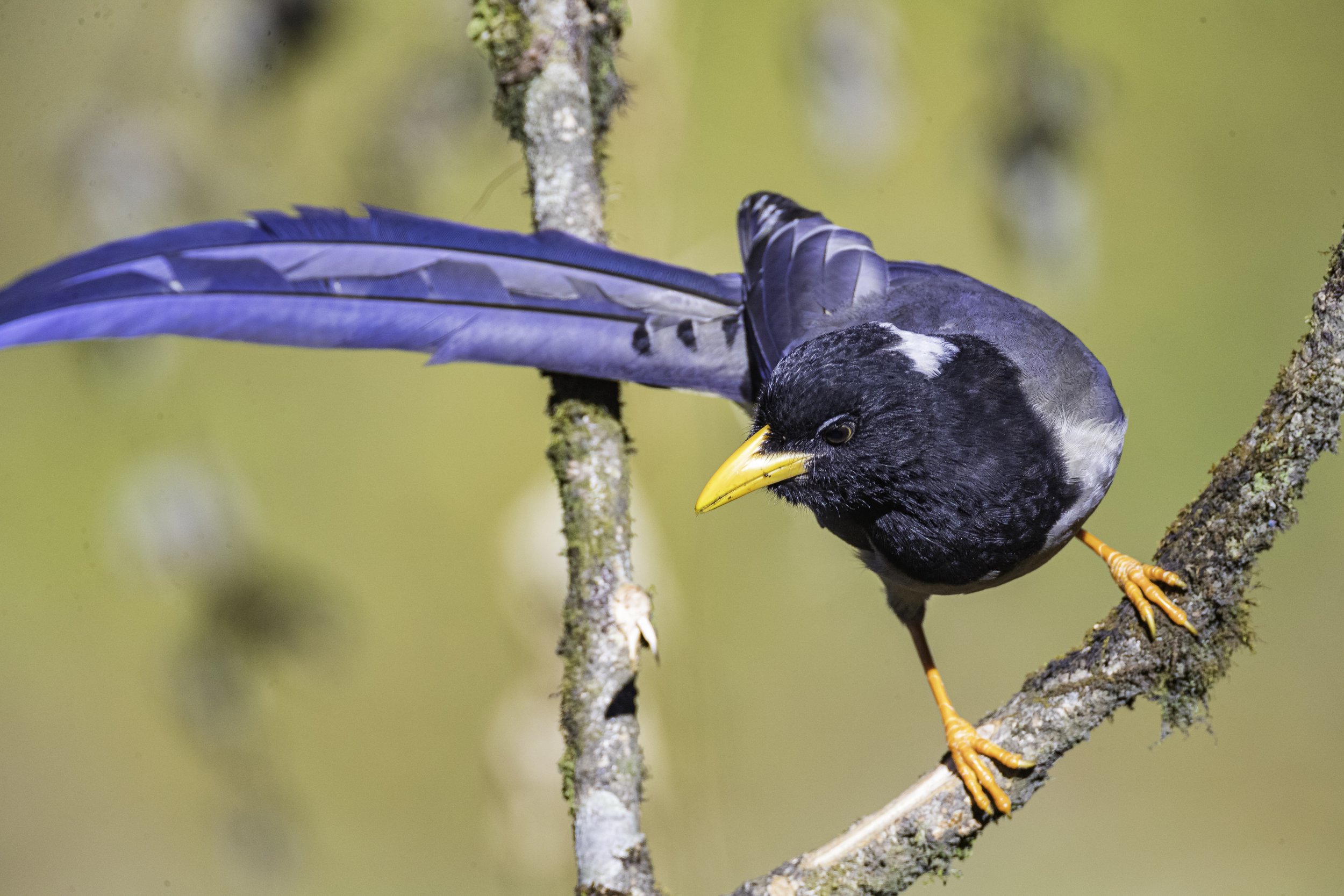
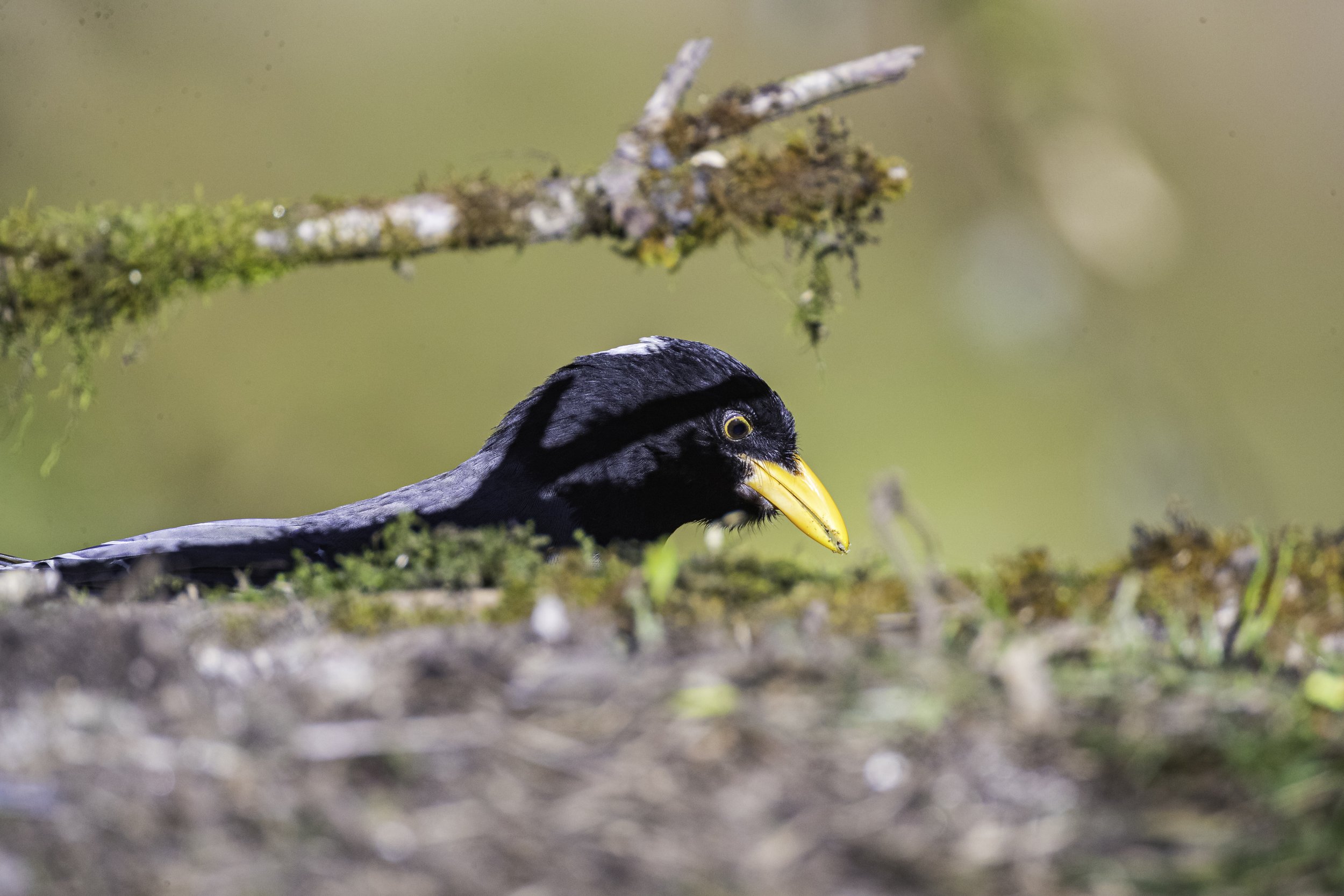
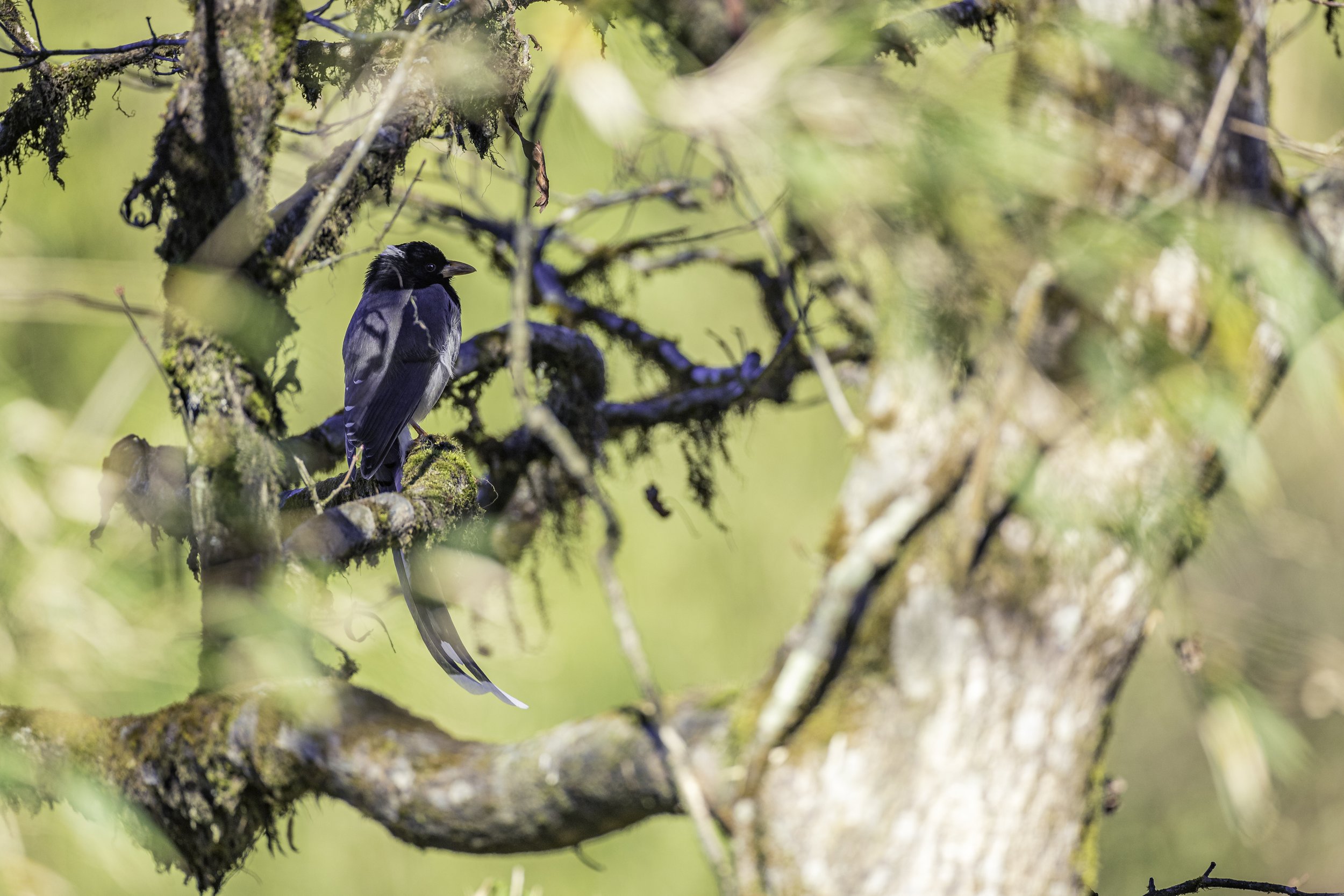
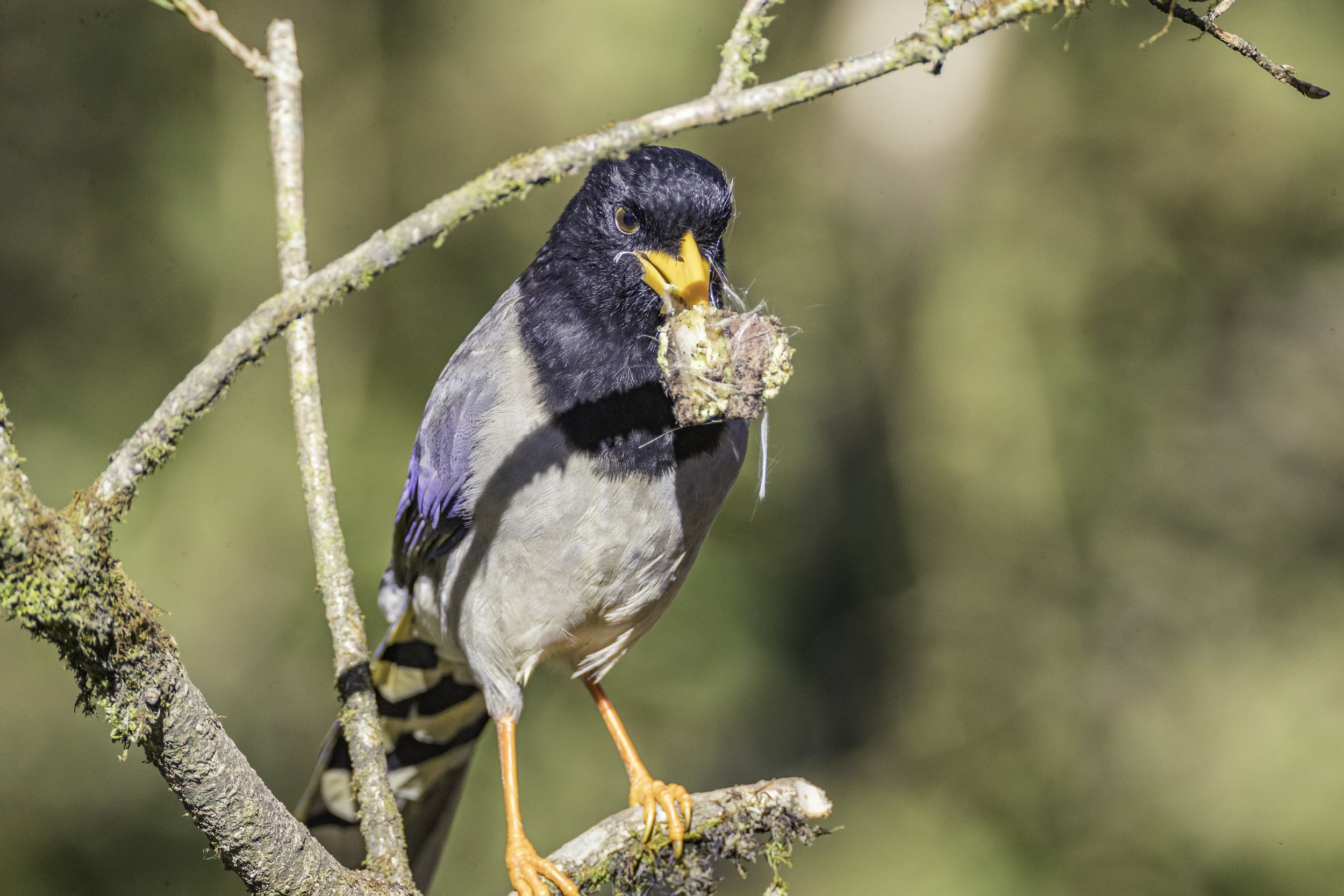
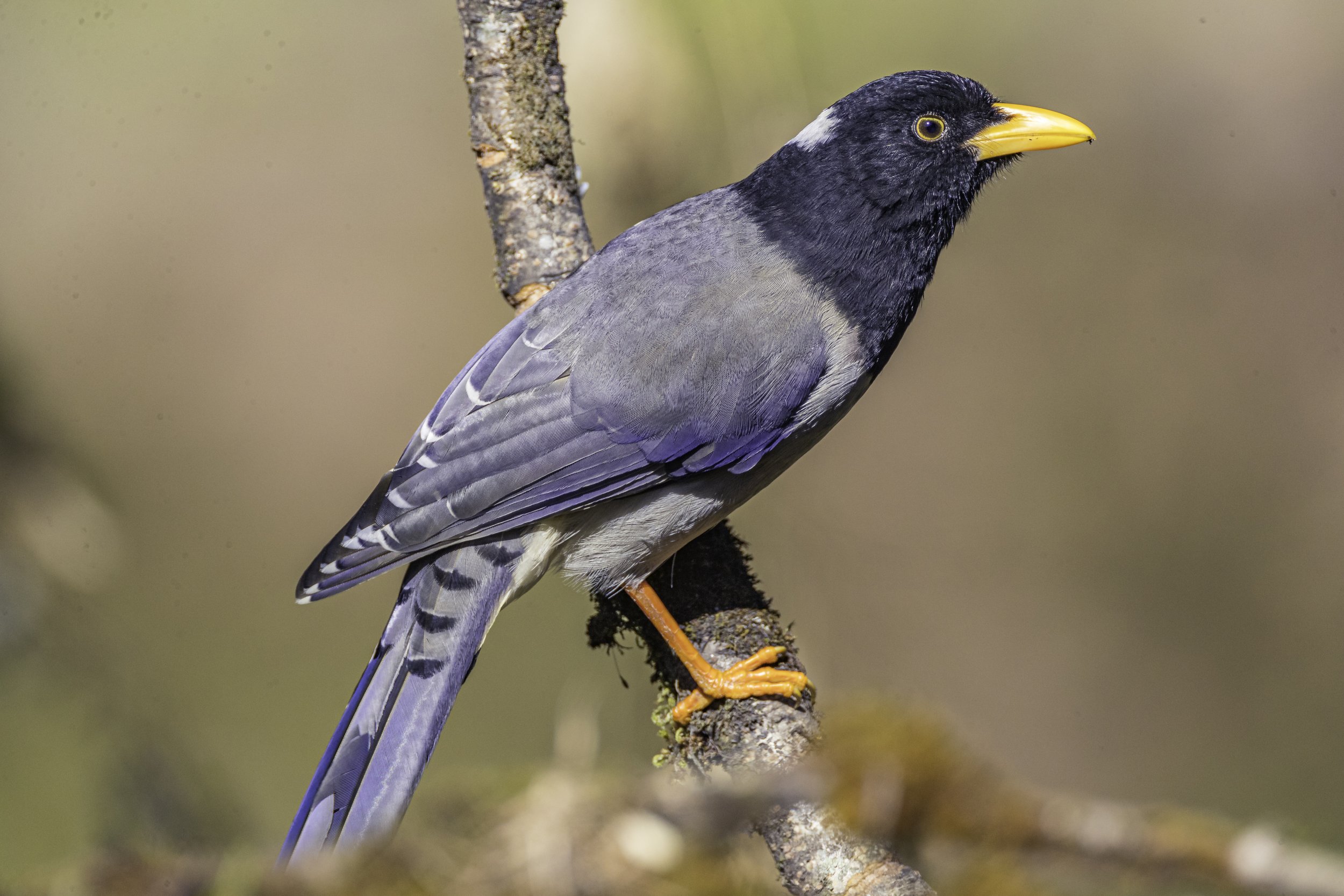
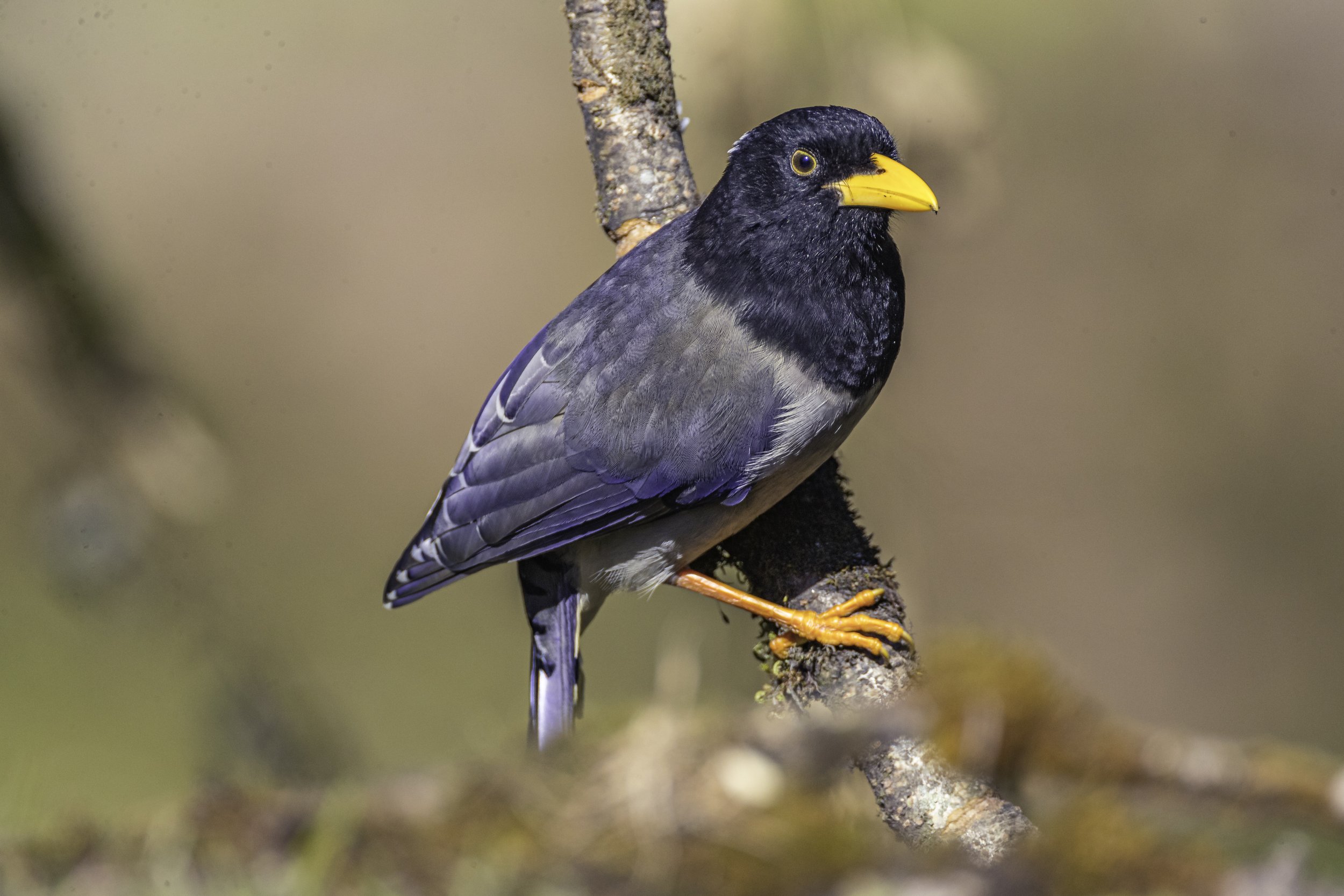
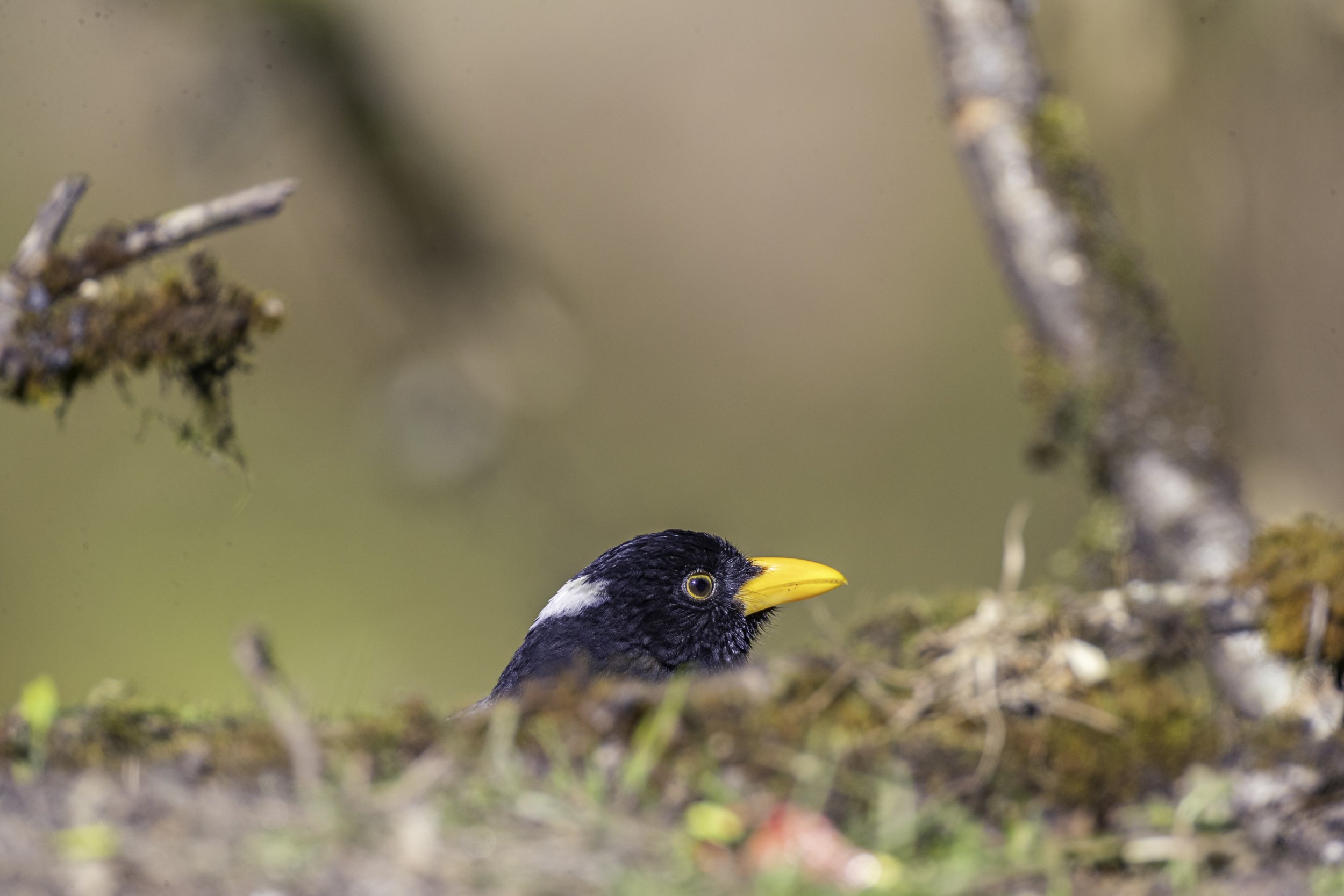
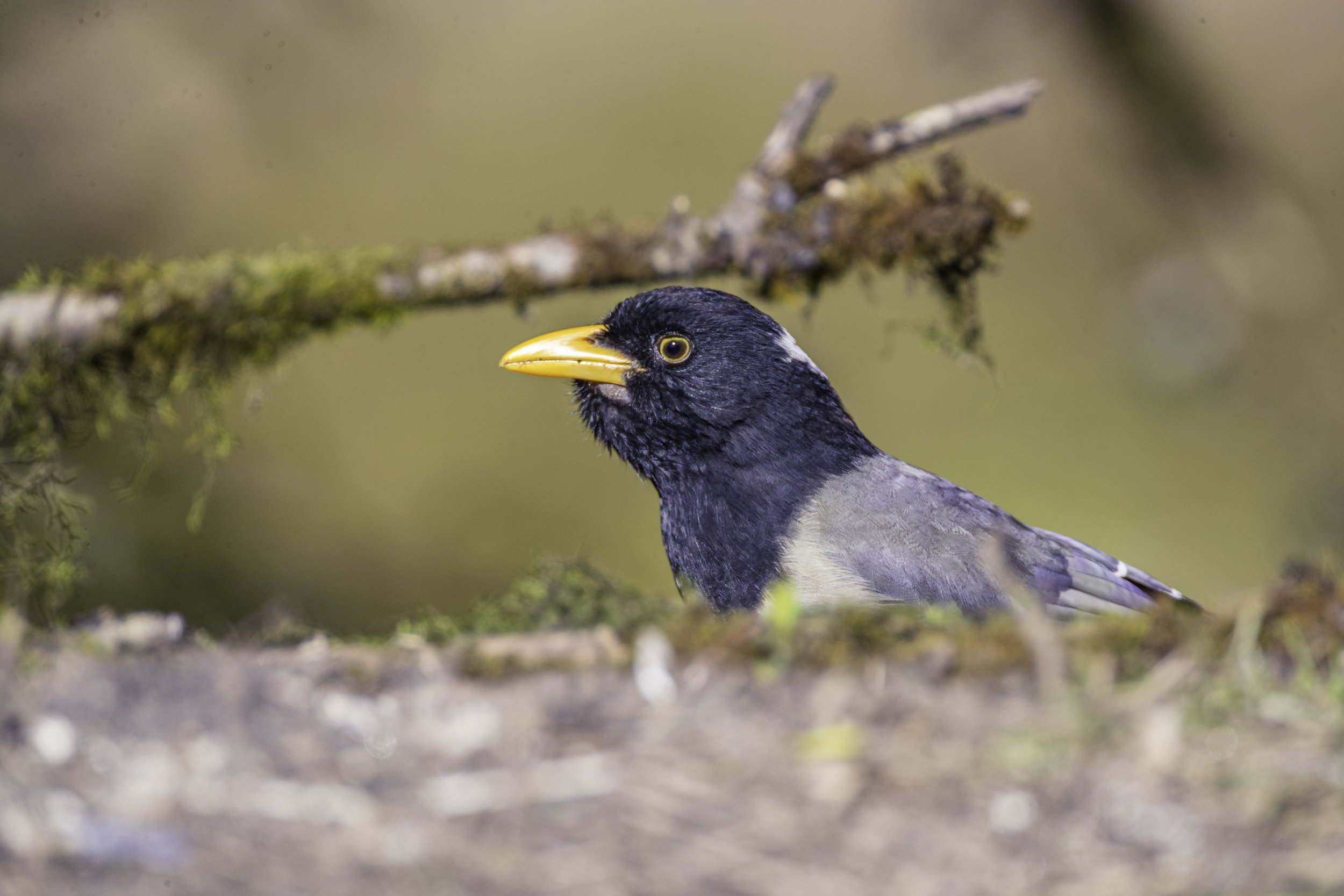
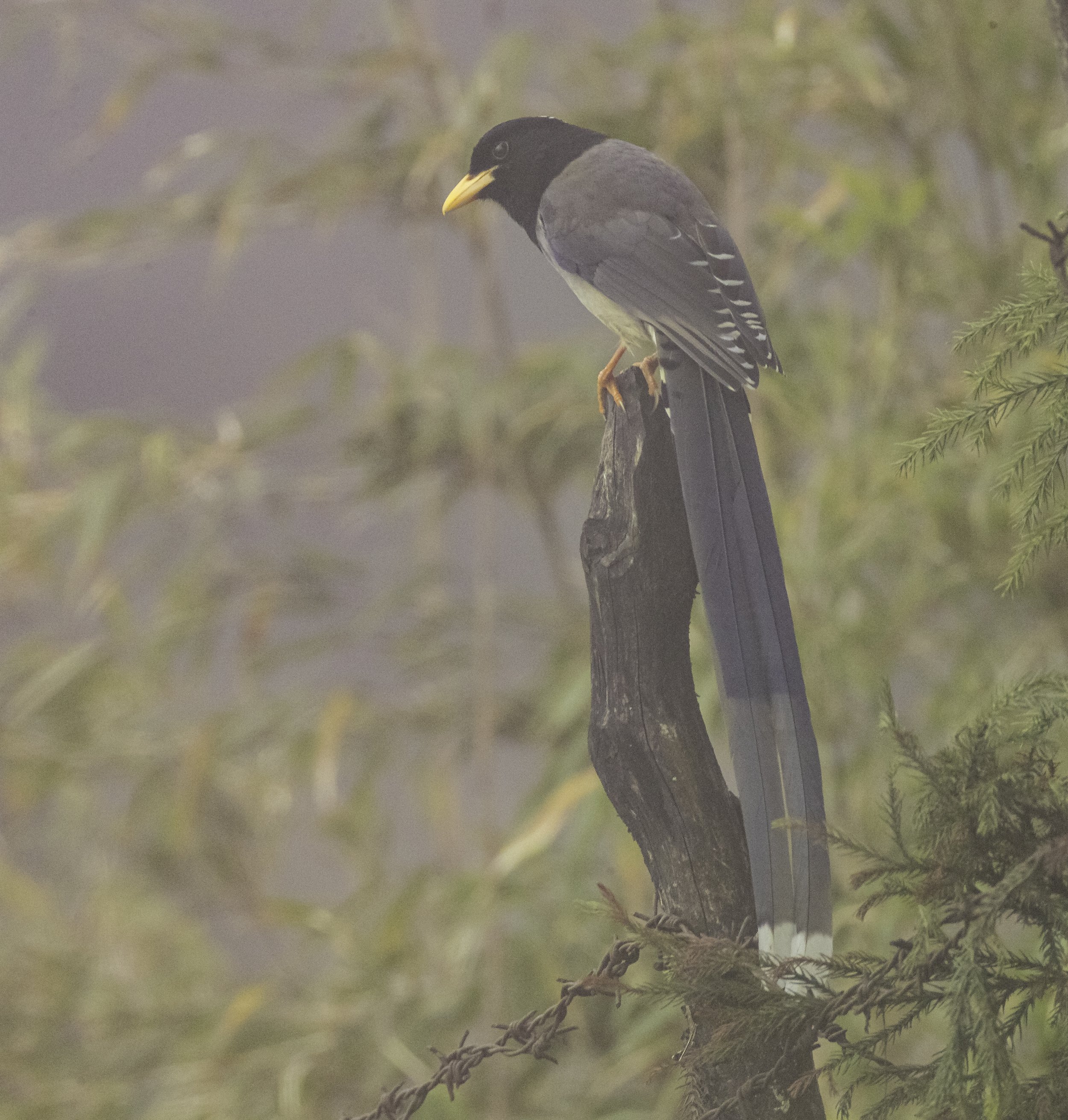
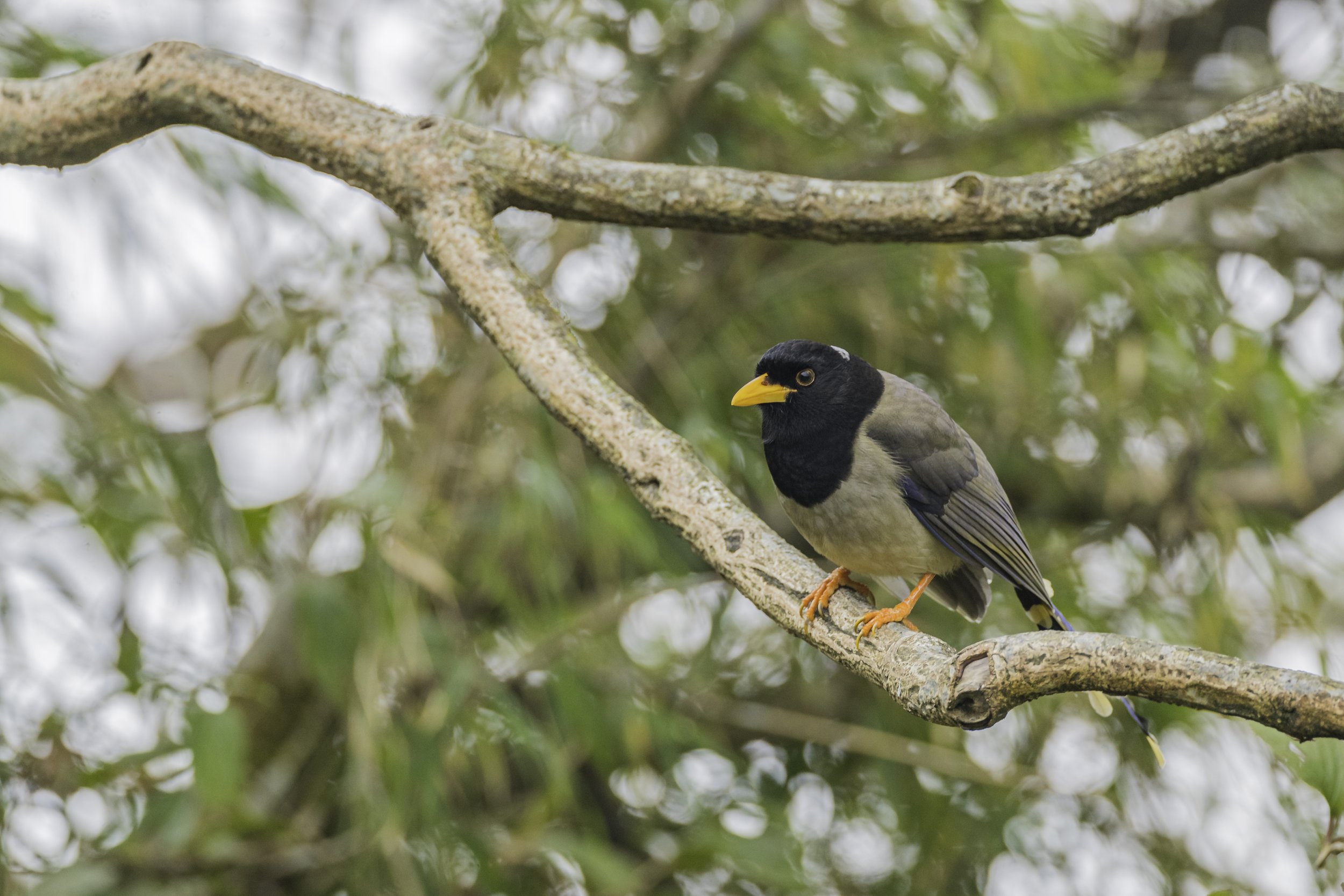
Related Posts






